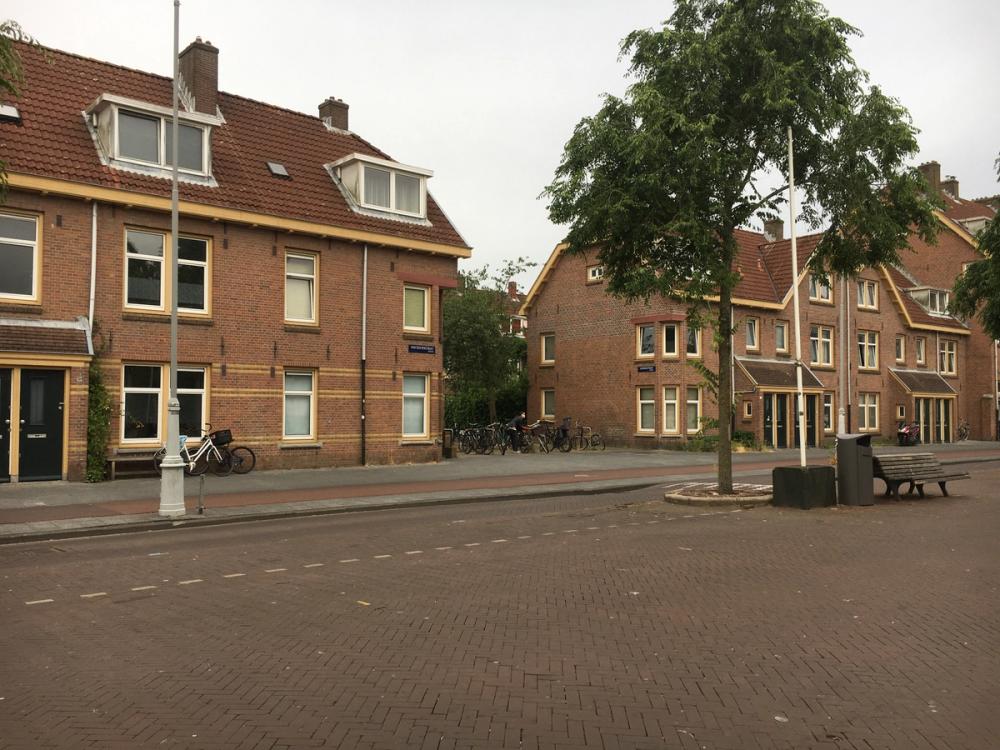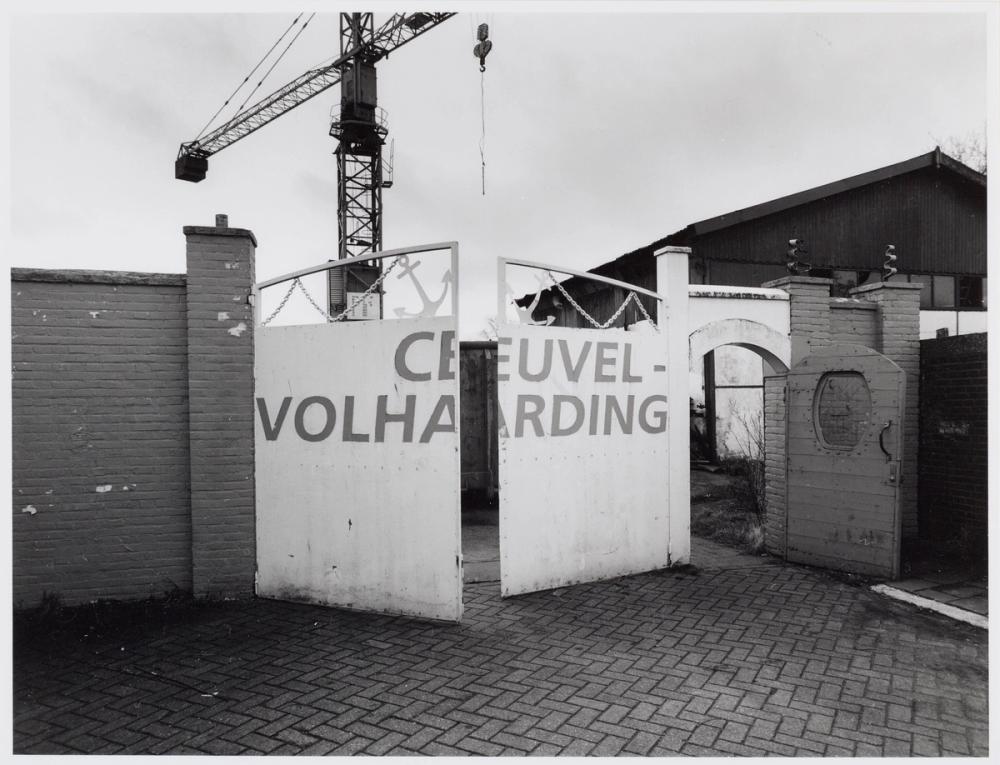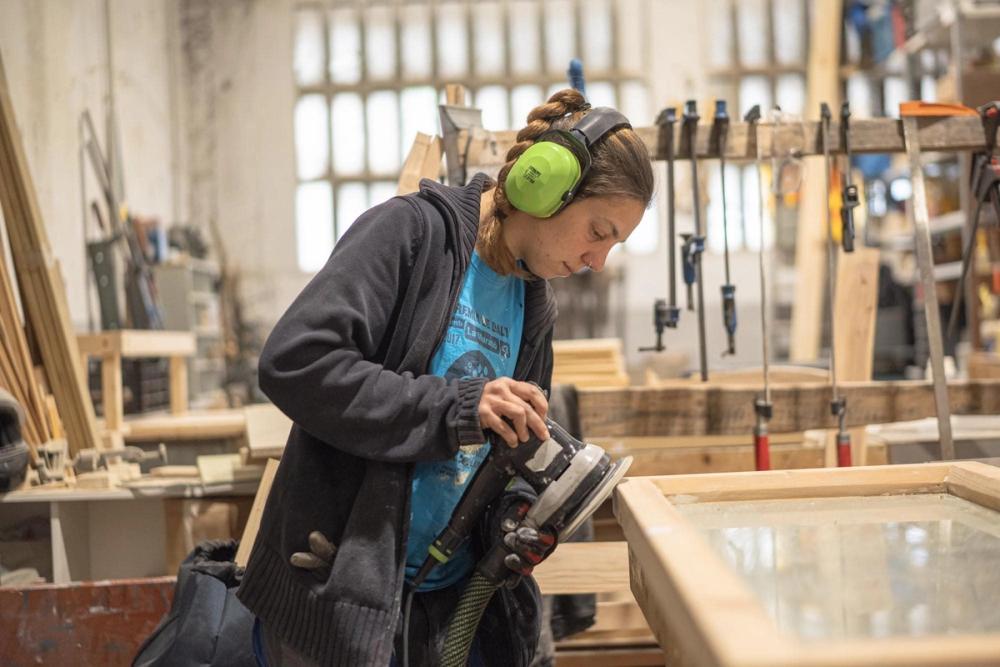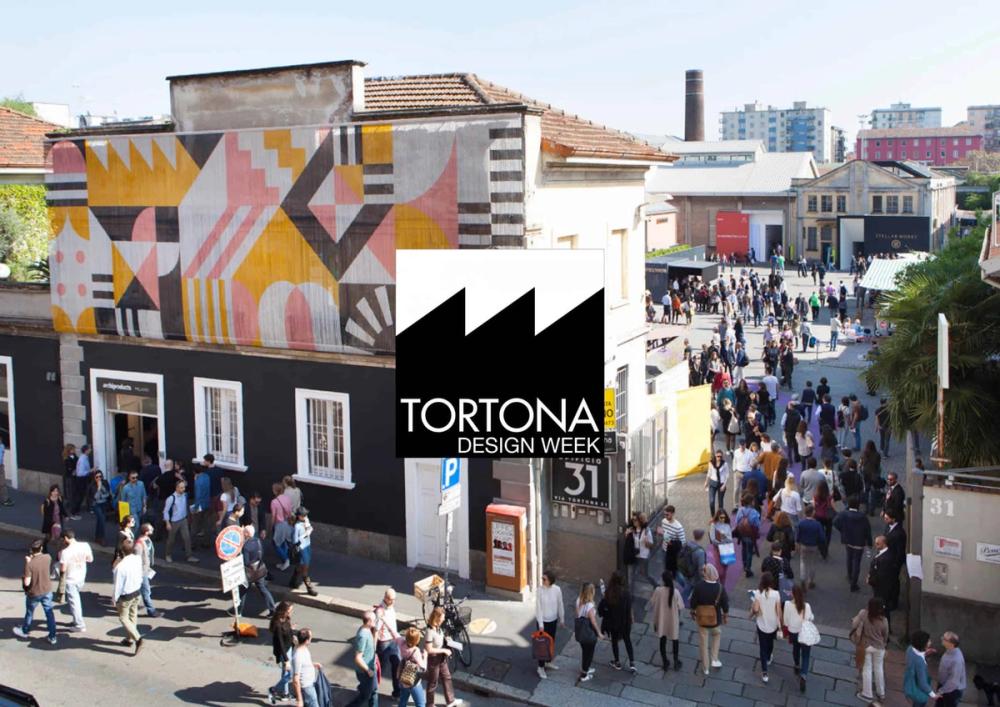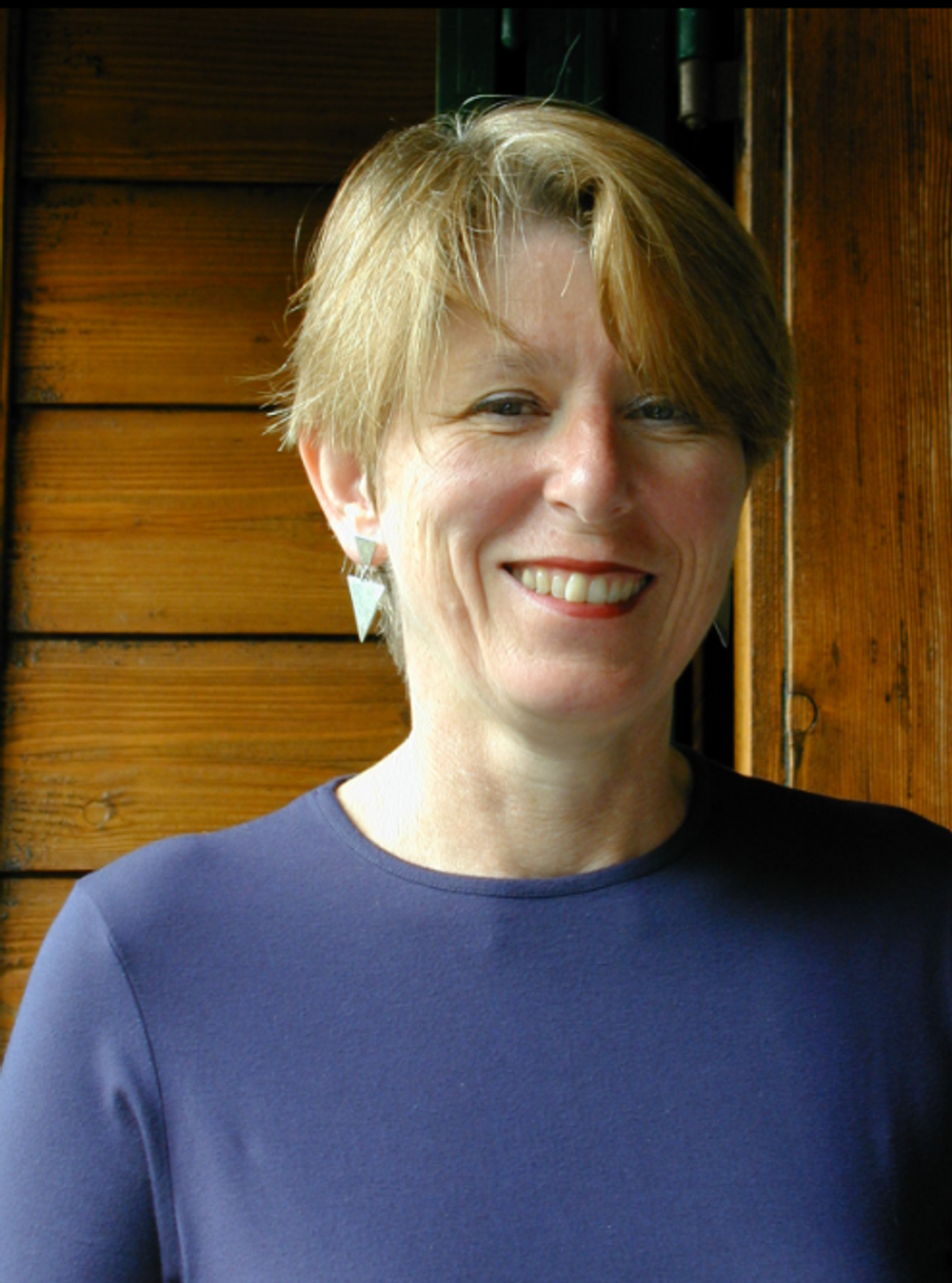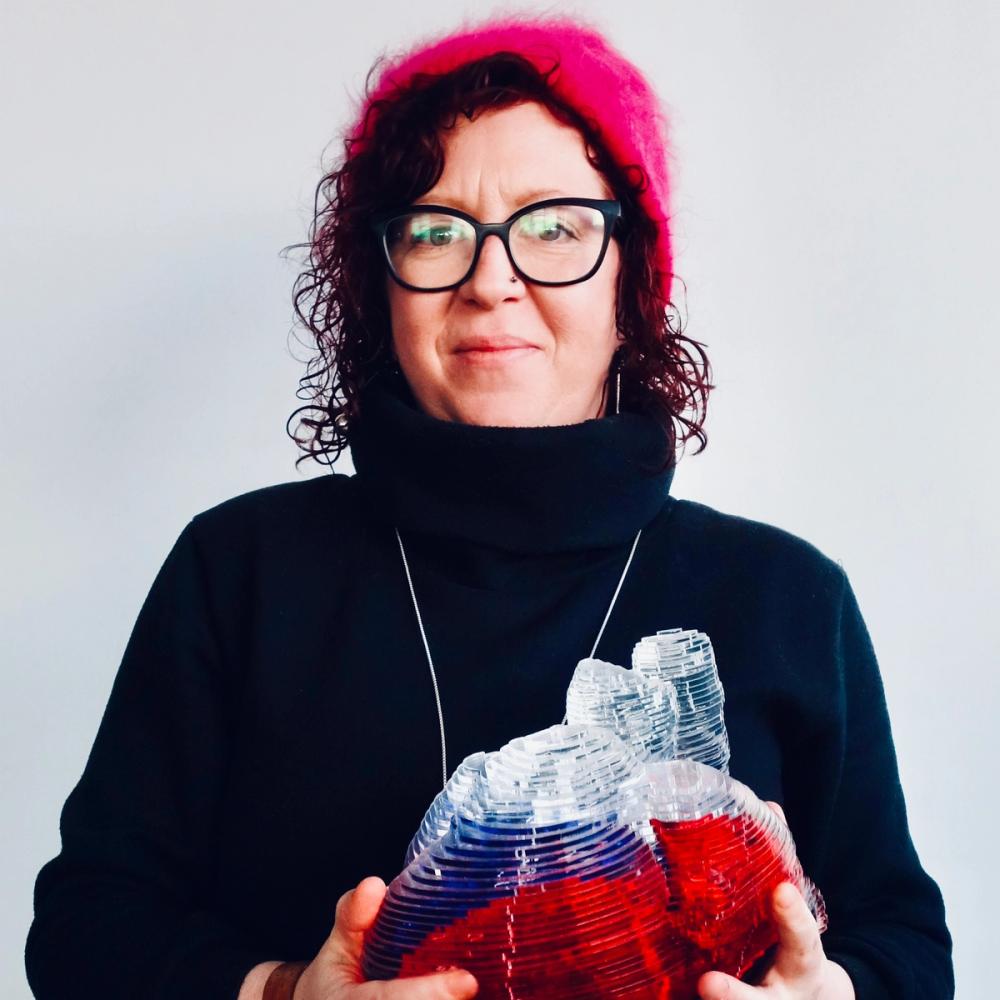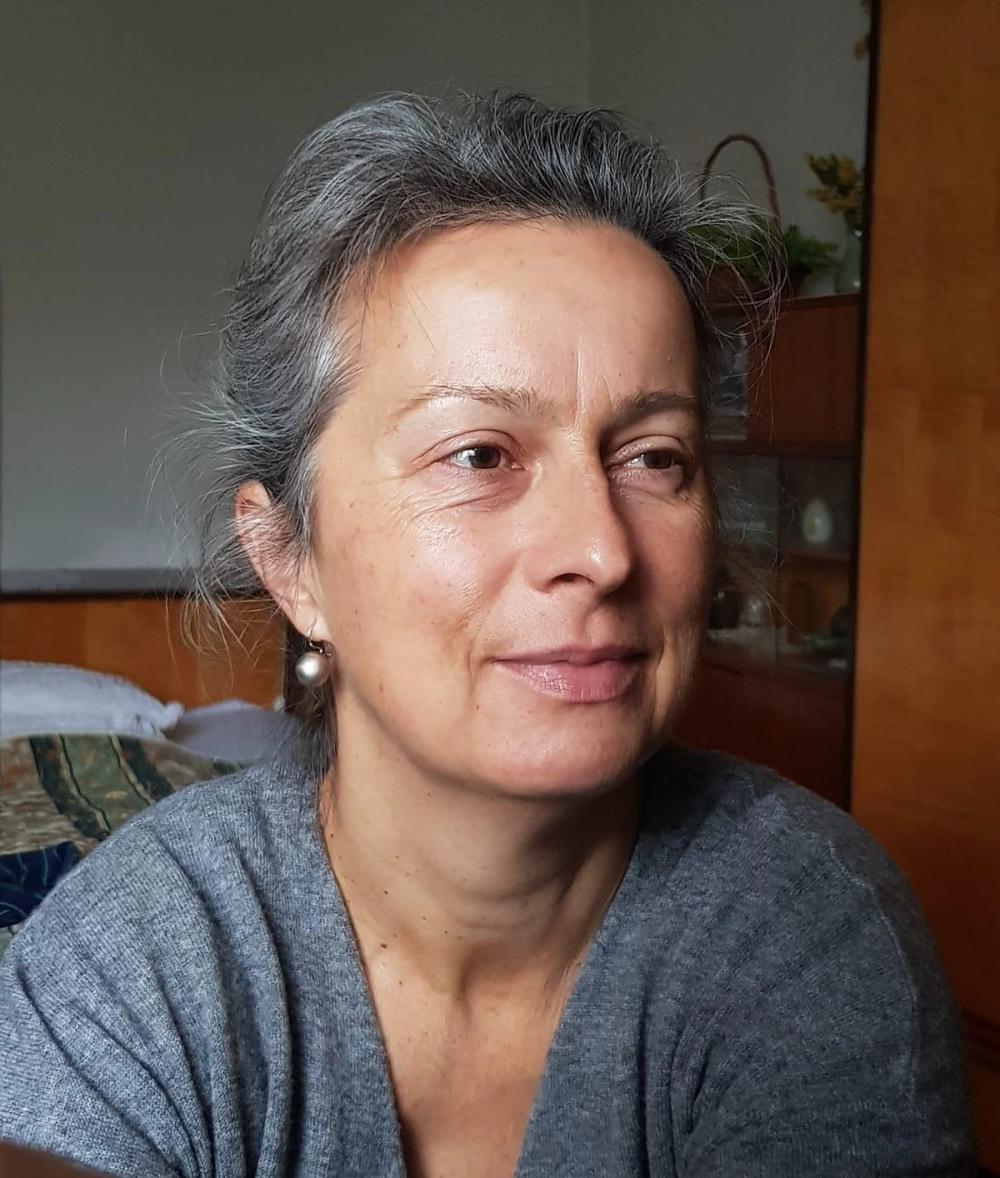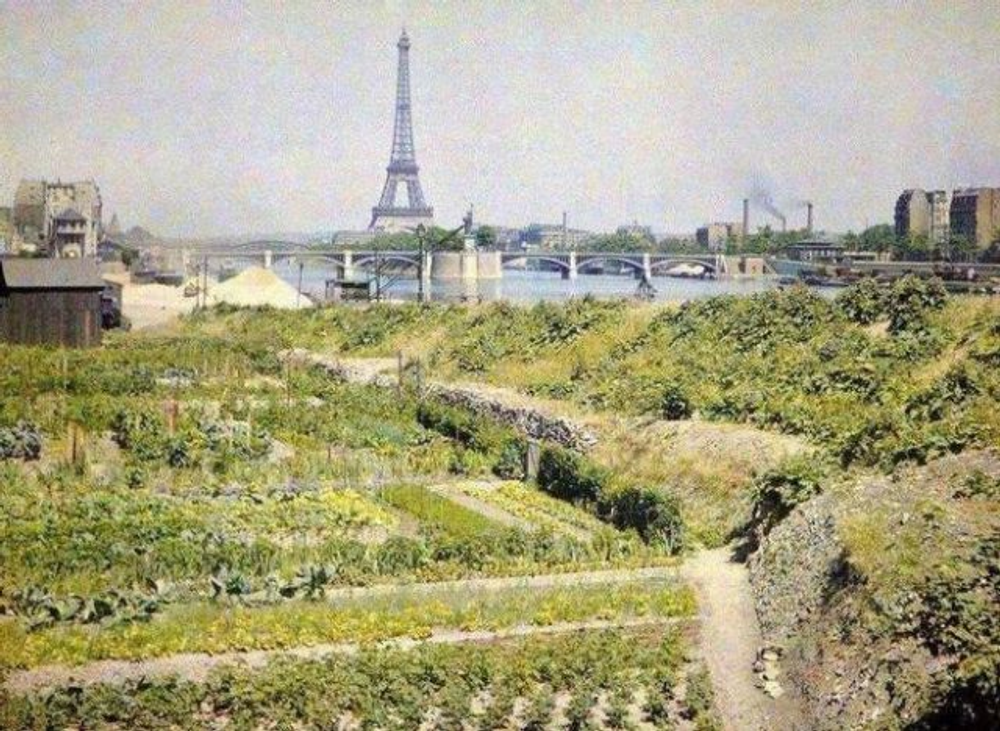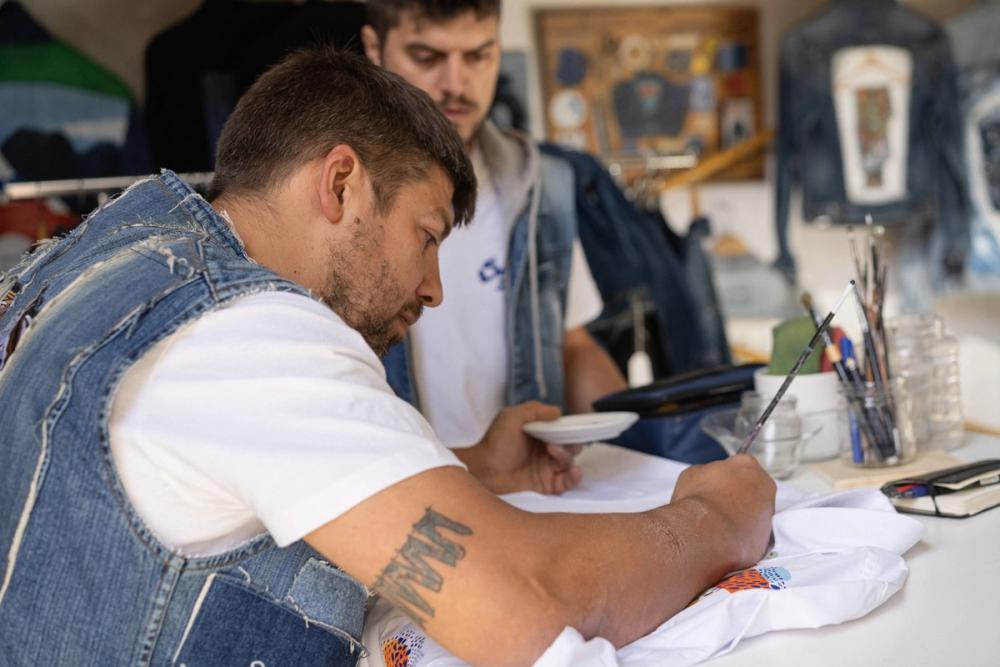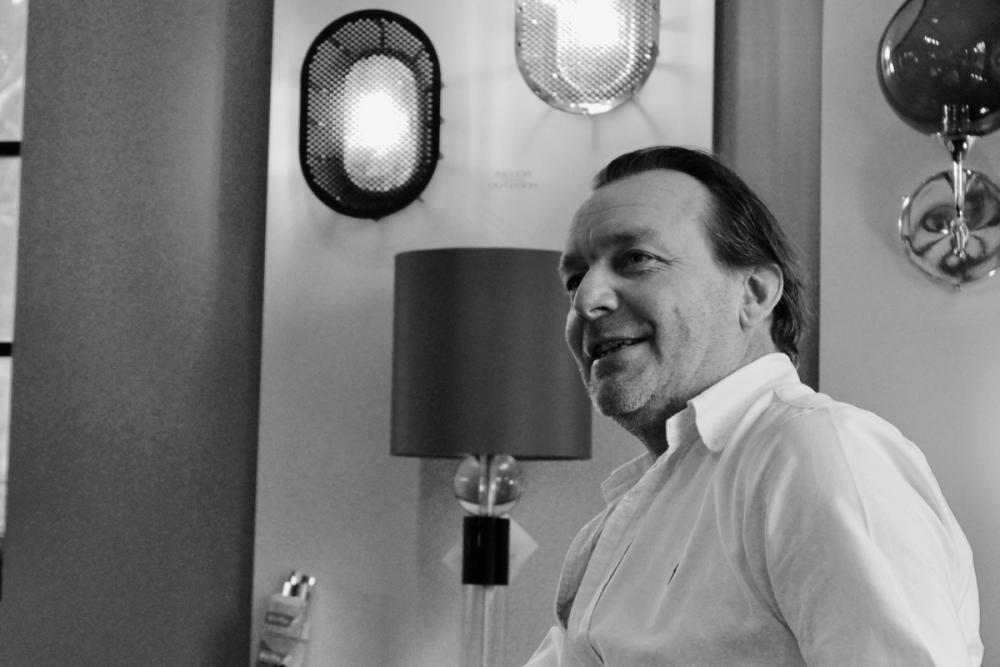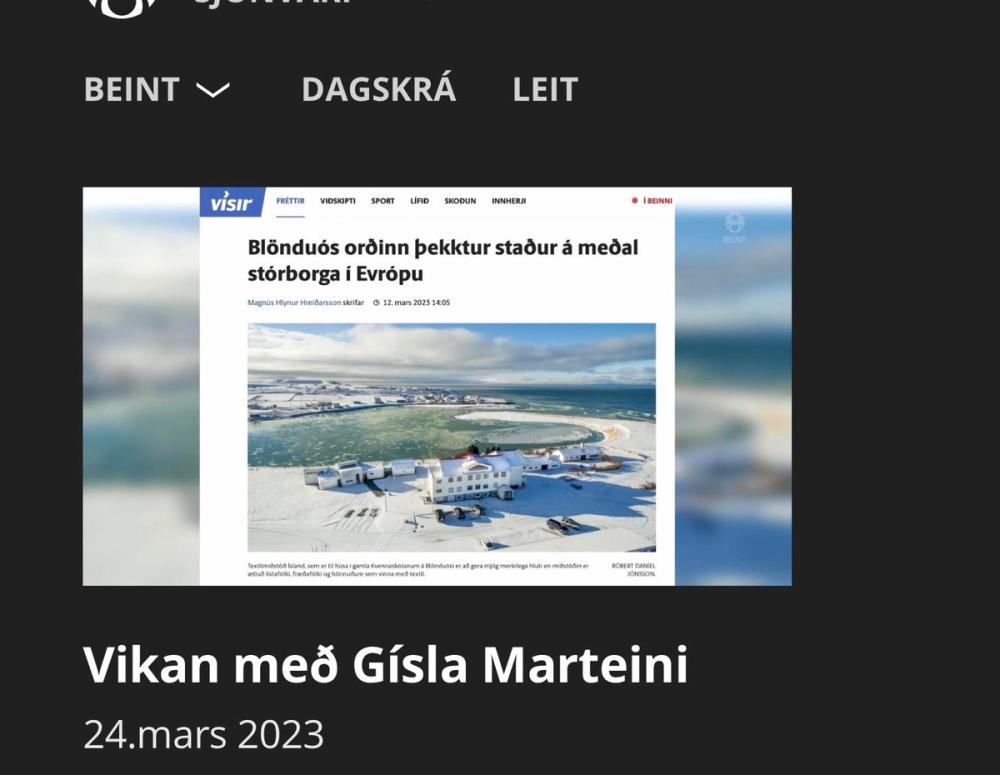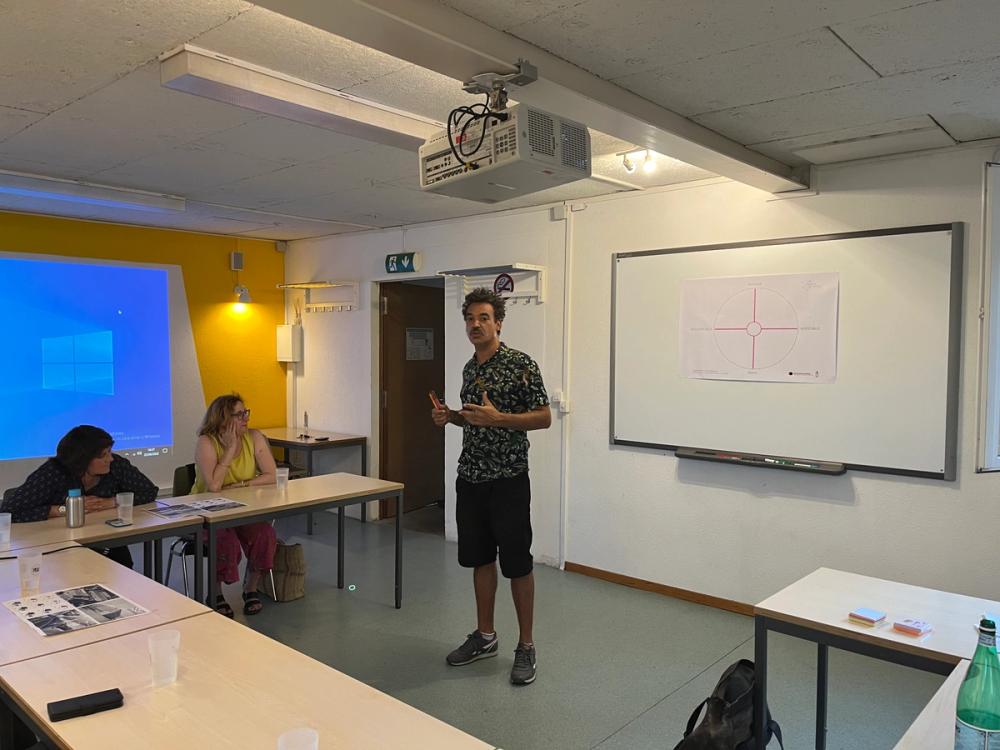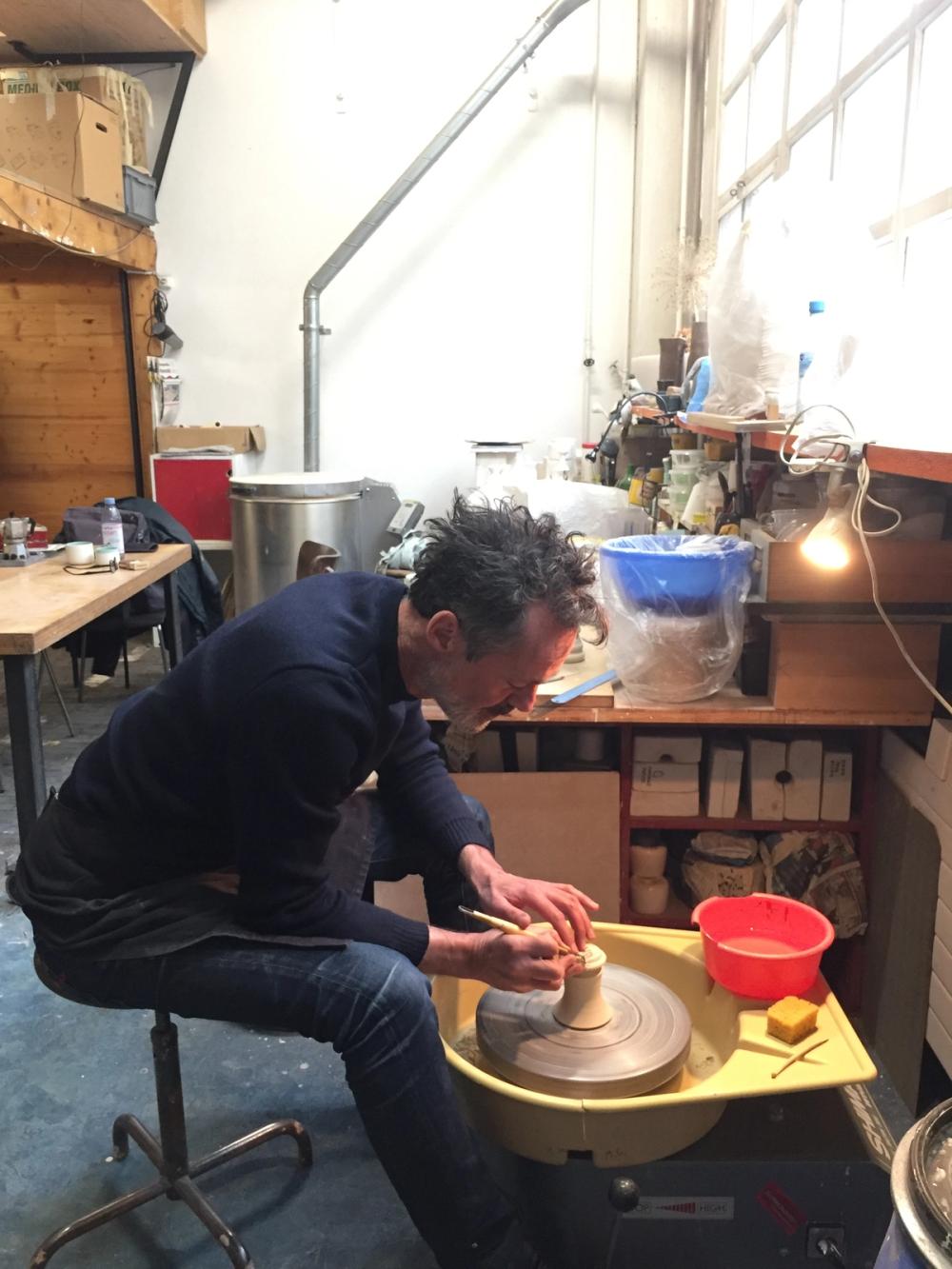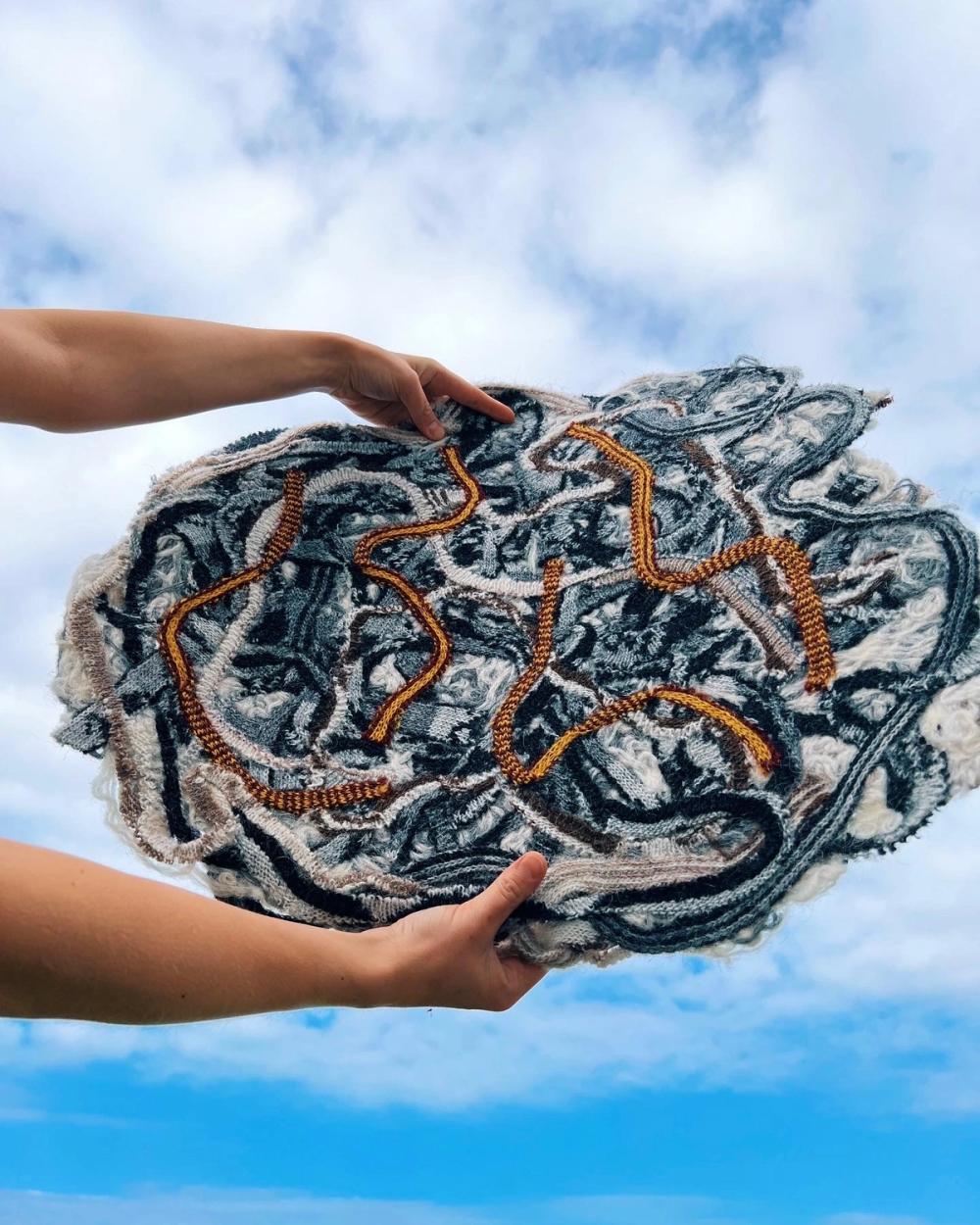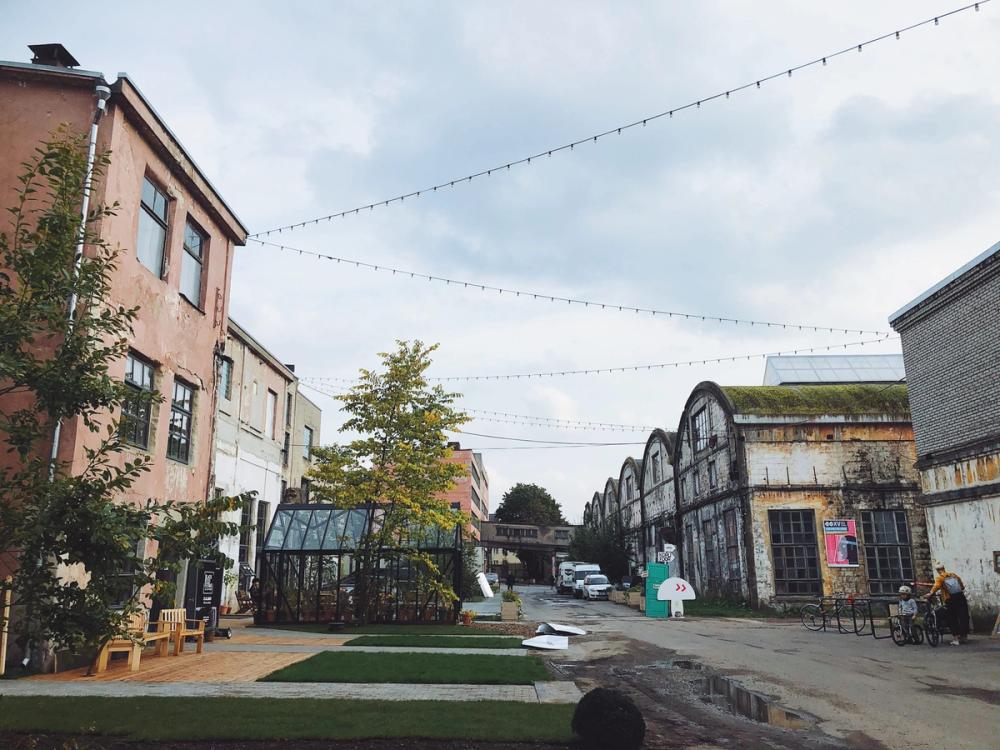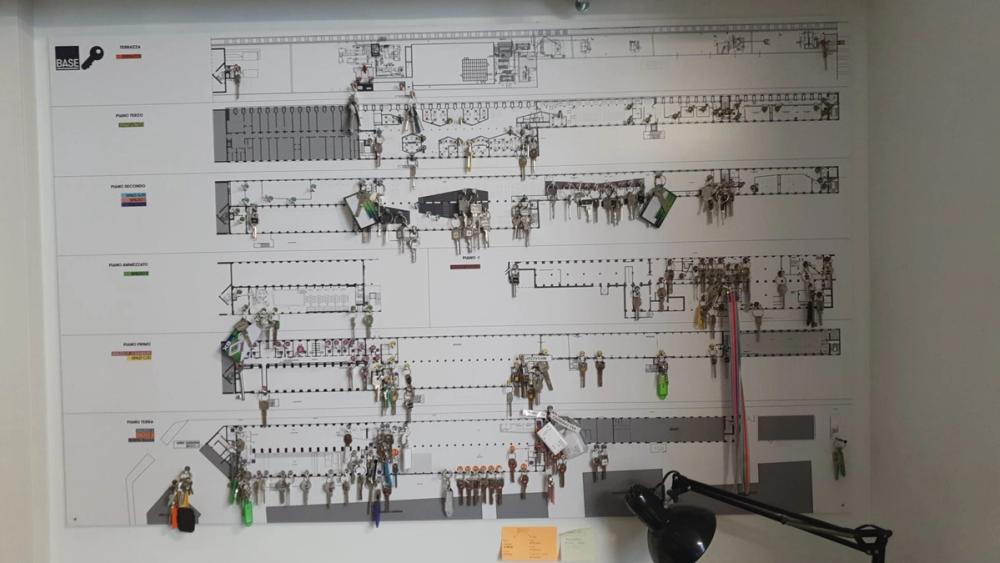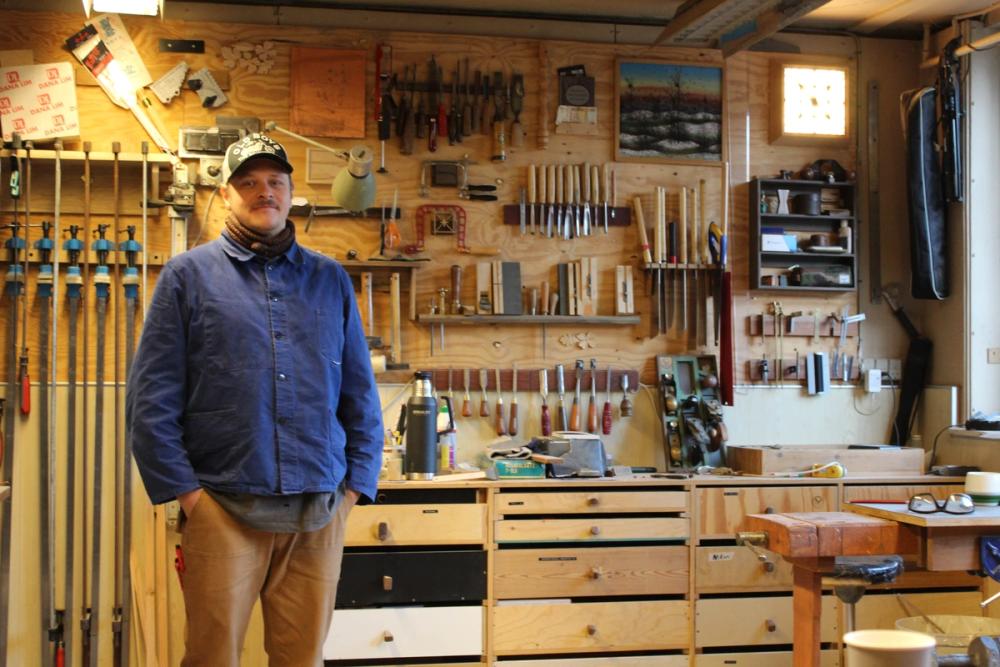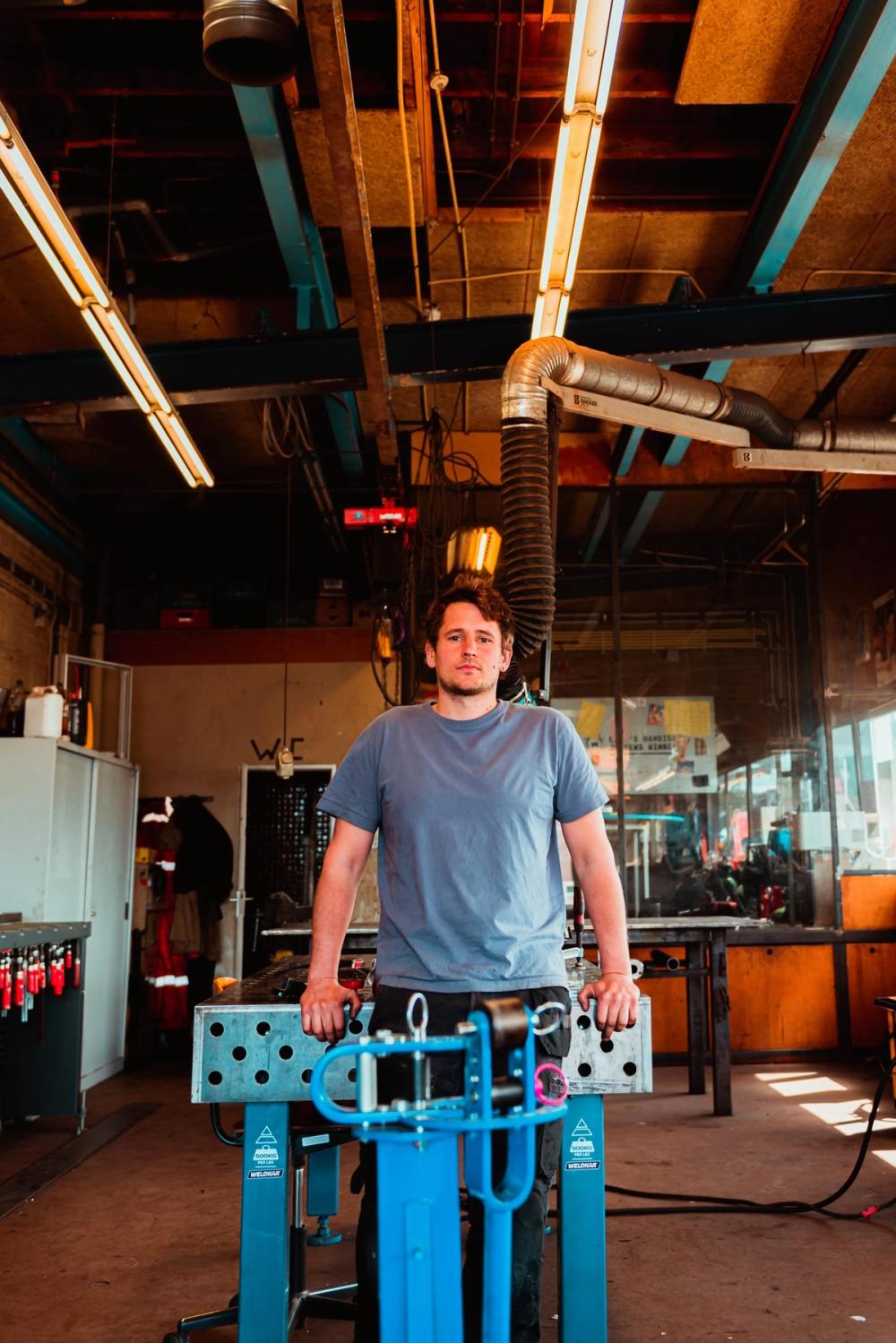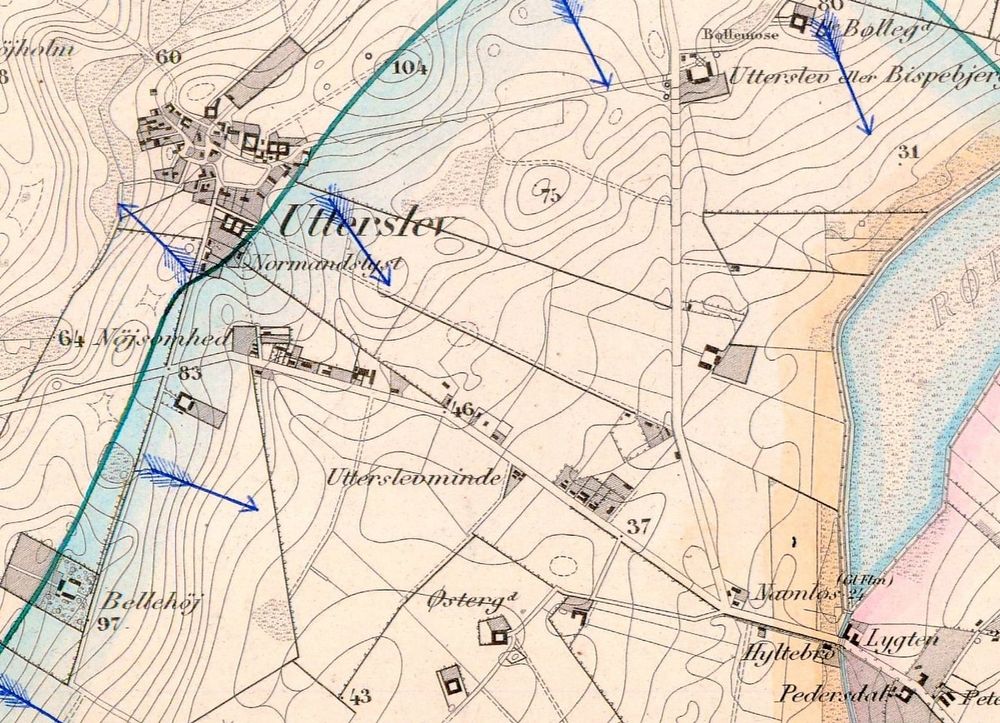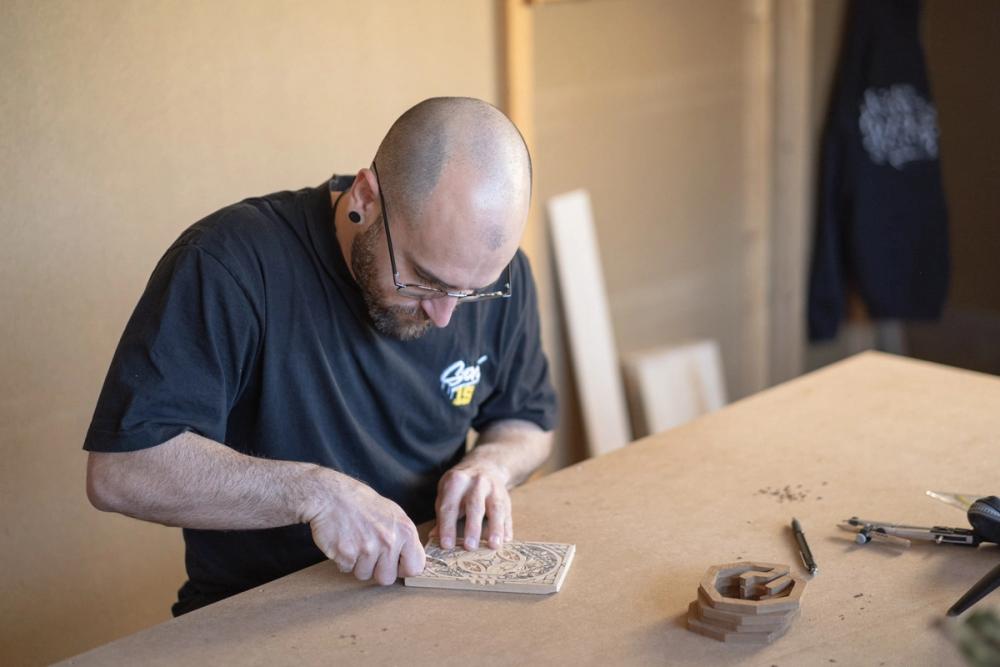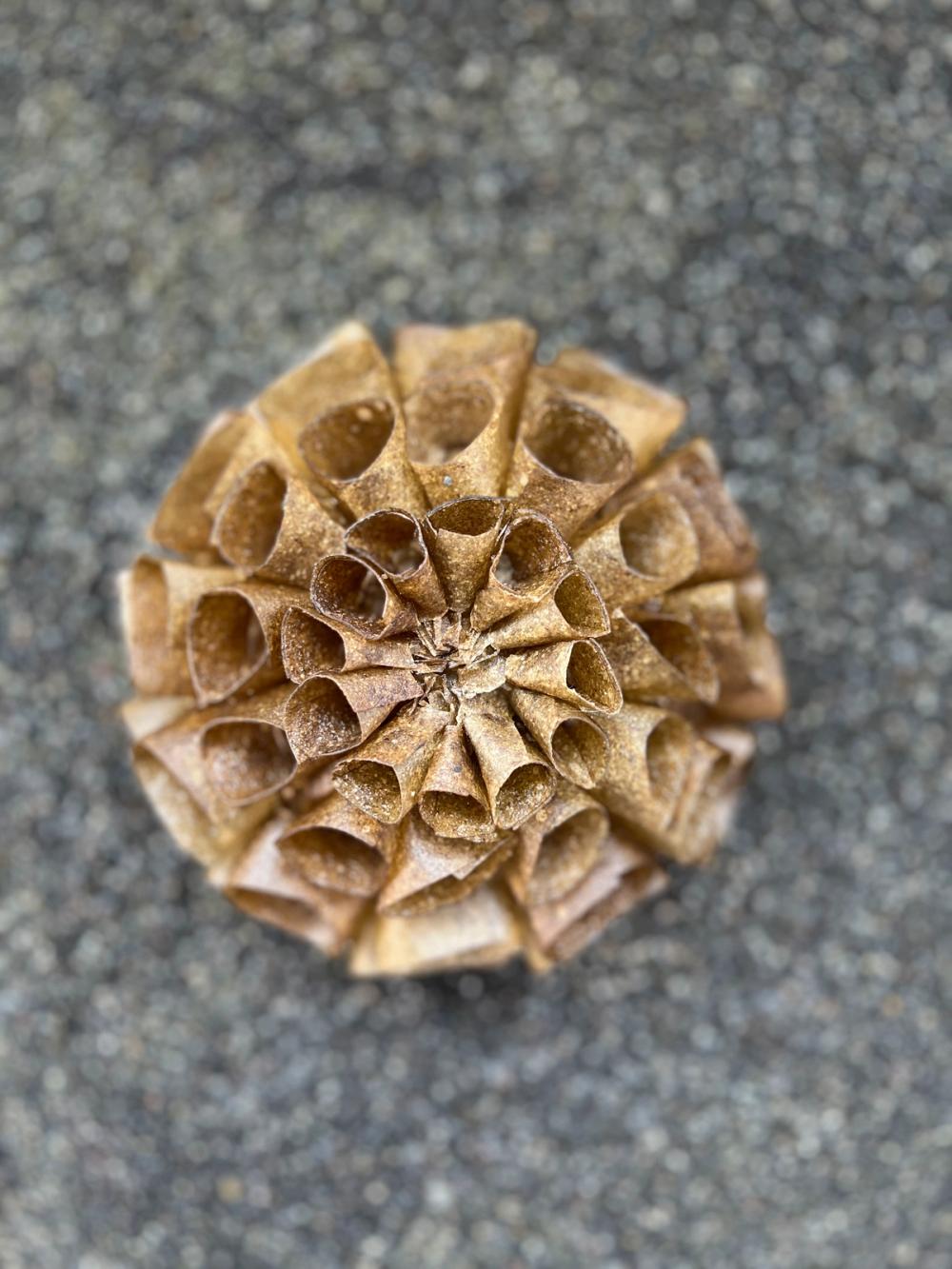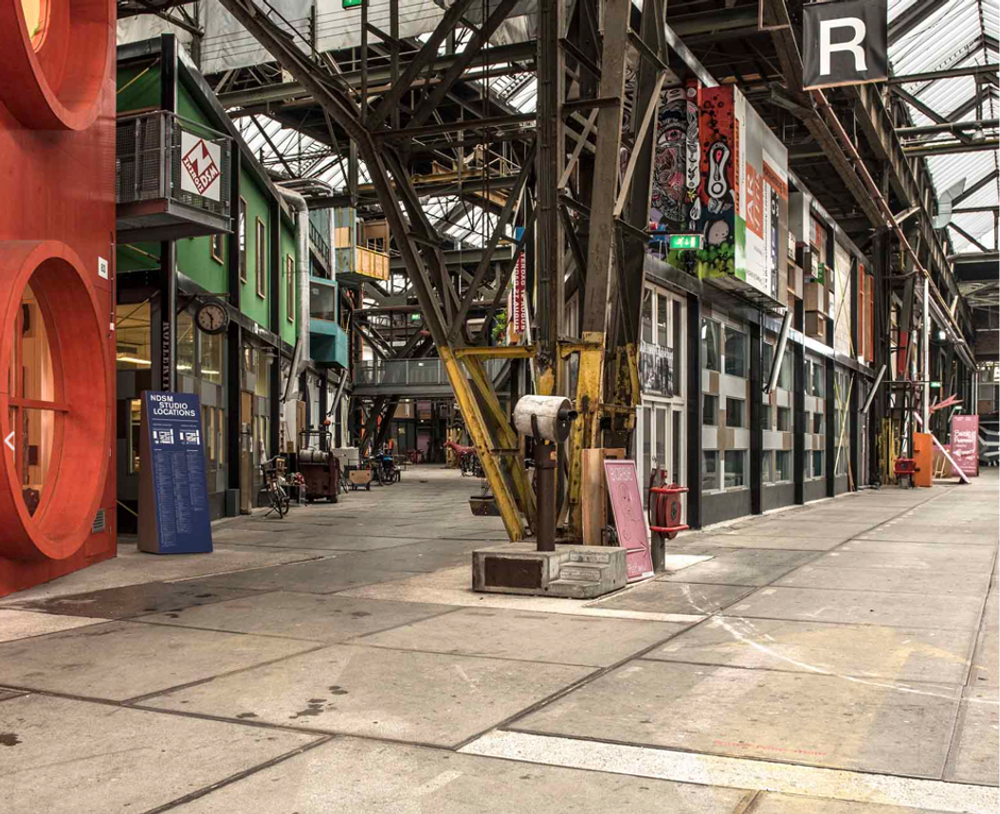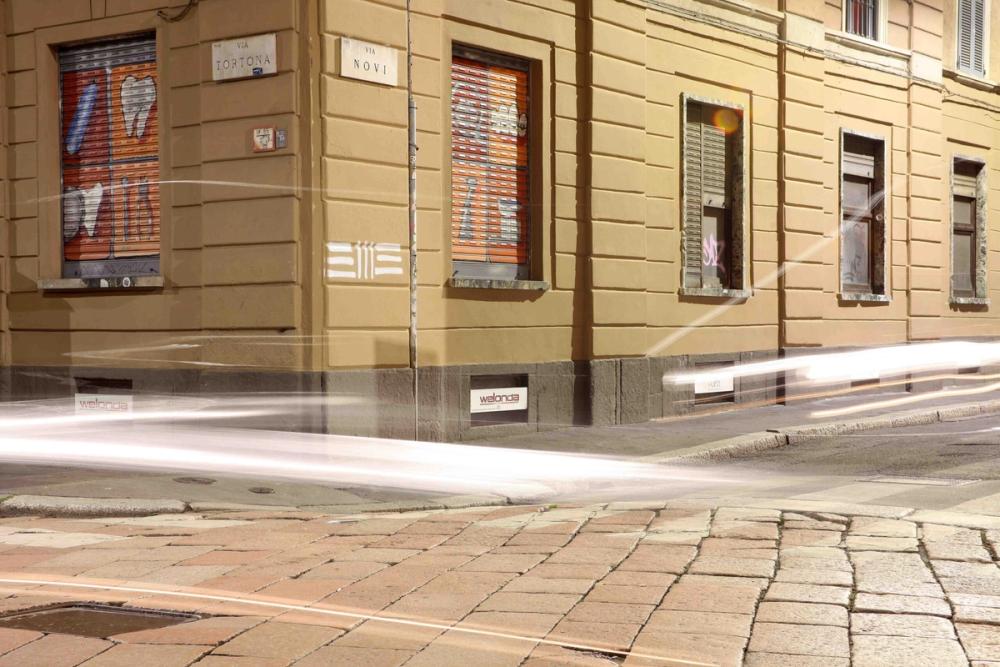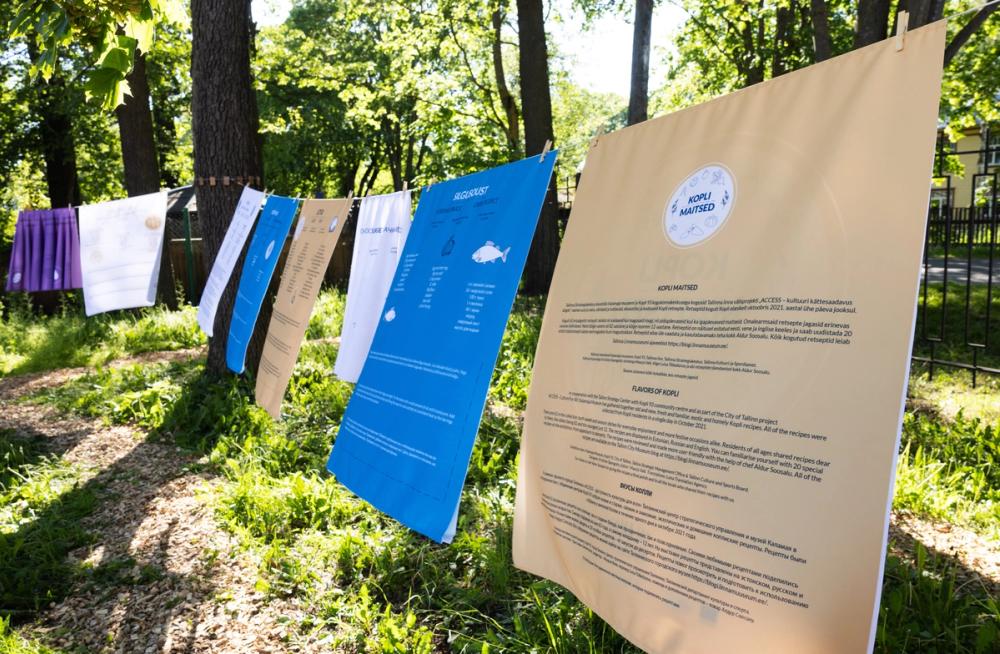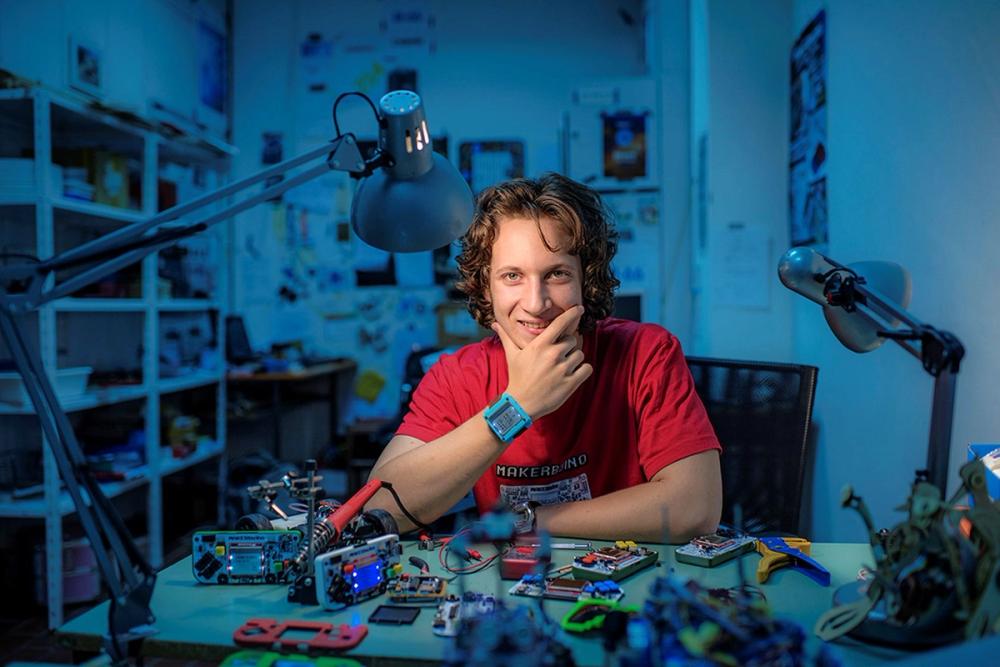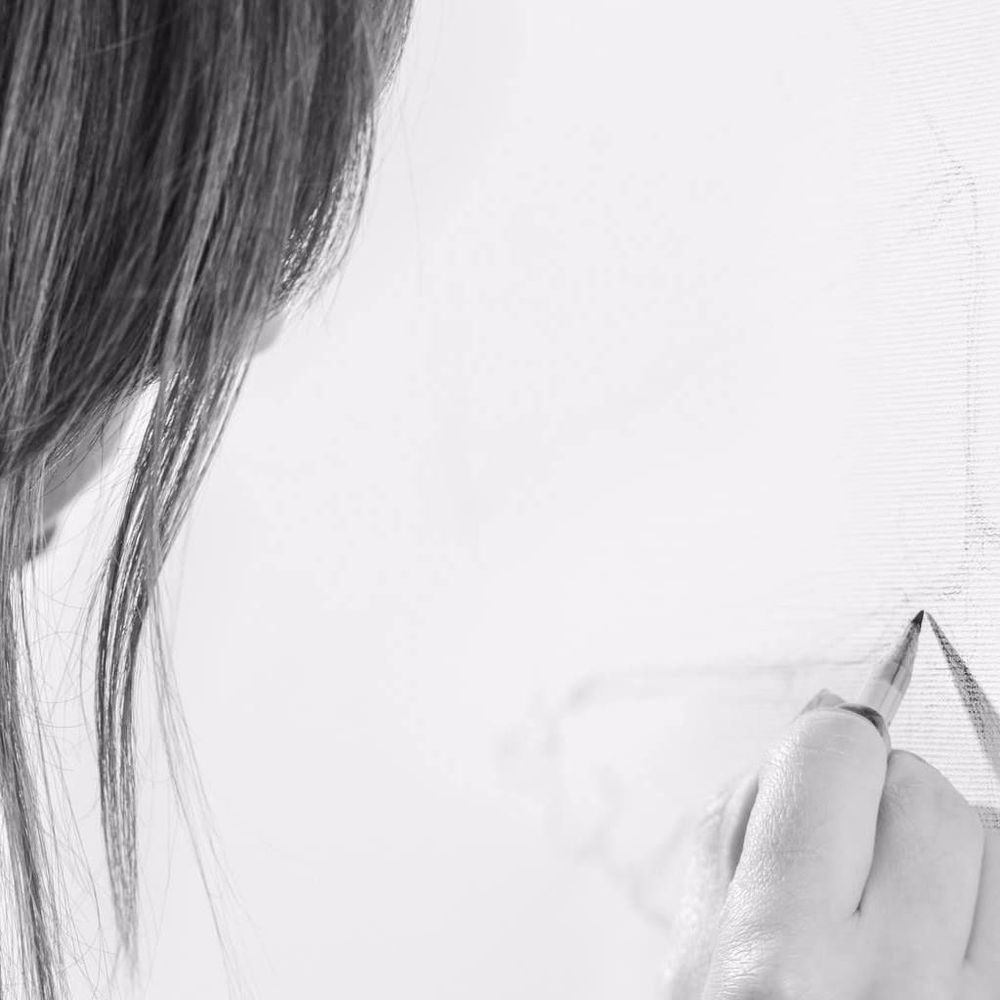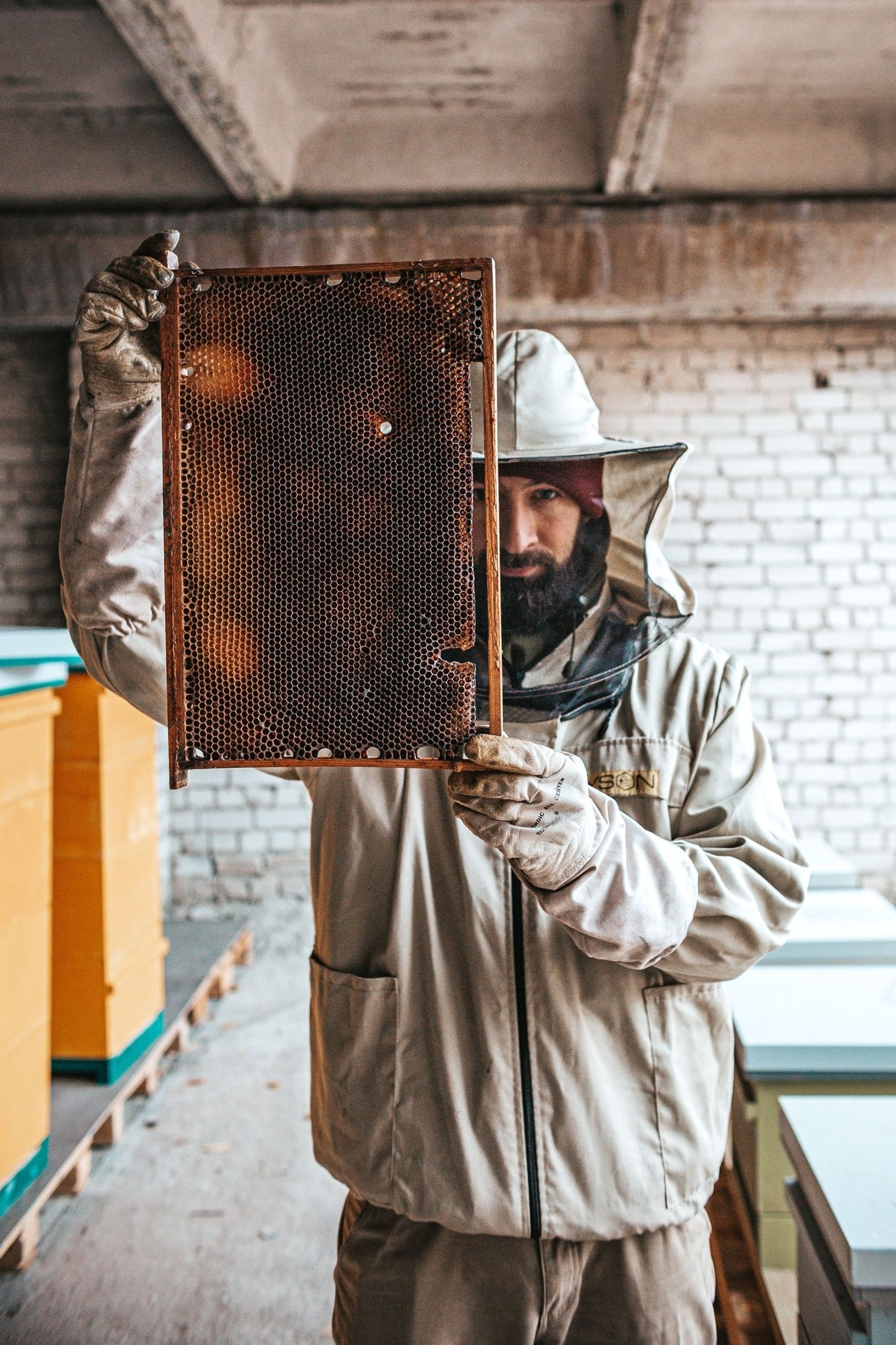Sanela Đurinec Raič is a talented artist and art educator from Vugrovac who has made her home in Sesvete for the past two decades. With a degree in Fine Arts from the Academy of Fine Arts in Zagreb, and a master's degree in History of Art from Ljubljana, Sanela is actively involved in painting and exhibiting her artwork. Additionally, she has established a school for drawing and painting, called Realization, which is located in the Sesvete Gymnasium, where she serves as the leader of over a hundred students. She is also an external associate of the Museum of Prigorje and collaborates with Oblok Gallery, Jelkovec Library, and other cultural institutions.Sesvete, the largest neighborhood in Zagreb, is a significant part of Sanela's life, and she has a strong desire to promote and bring culture and art closer to its citizens. According to Sanela, the identity of Sesvete lies in its people, heritage, and traditions. She believes that Sesvete needs a center, interconnection, and more cultural events that would bring people together. Moreover, the forest and natural surroundings and the proximity to the city center were the primary reasons for her to choose Sesvete for her residence.In her opinion, Sesvete is missing a center, warmth, and organization that would connect people, especially in the cultural aspect. Sanela sees the potential in the former Sljeme factory premises, which could be developed into a cultural center, expanding the Music School and offering various programs to the young and elderly. She advocates for the development of original and controlled activities of domestic autochthonous products and family farming in Sesvete.Sanela envisions Sesvete as a well-organized place that offers quality facilities, where people can visit and stay for a better quality of life. Her vision for the future includes a place that is safe, provides good job opportunities, and instills in the youth the desire to stay and contribute to the development of Sesvete.In conclusion, Sanela Đurinec Raič is an artist and educator who loves Sesvete and is committed to promoting its cultural heritage and bringing people together through art. Her vision for Sesvete's development is centered on organization, interconnection, cultural activities, and creating opportunities for its citizens, particularly the youth, to have a better quality of life.
what the archive is about
The Living Archive explores the potential of (post)industrial heritage to transform production in our cities. We collect stories with participatory heritage methods. The nodes for the local collection efforts are Fab City Hubs (FCH). The collection has been carefully assembled by FCH teams who have been learning about, co-creating and applying participatory heritage-making approaches, emotion networking methodology, oral history principles and creative perspective-taking. Select tags and categories to filter stories in the archive below. Explore their connections in the network graph.

